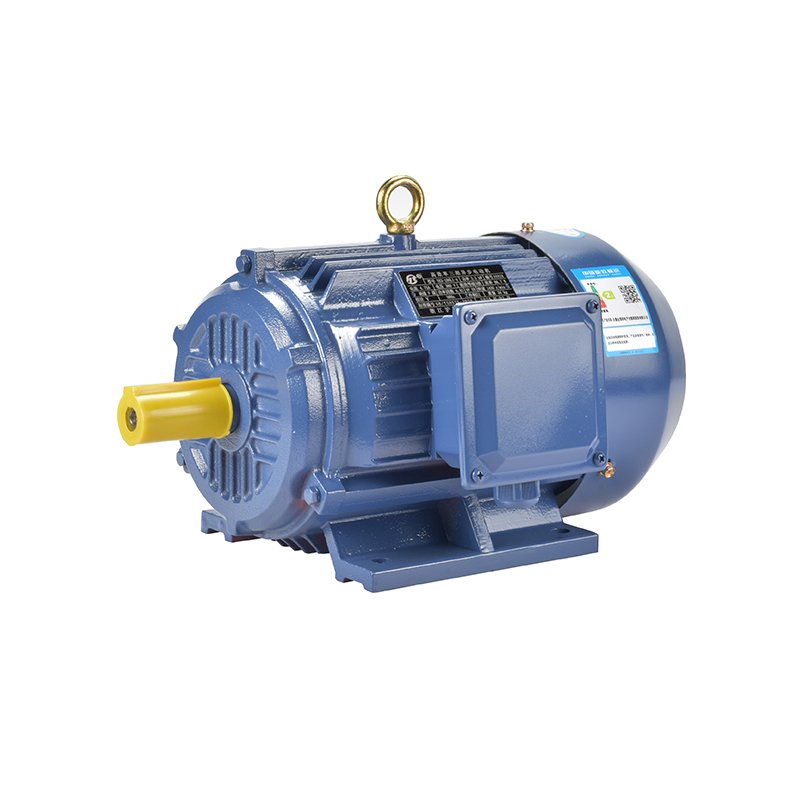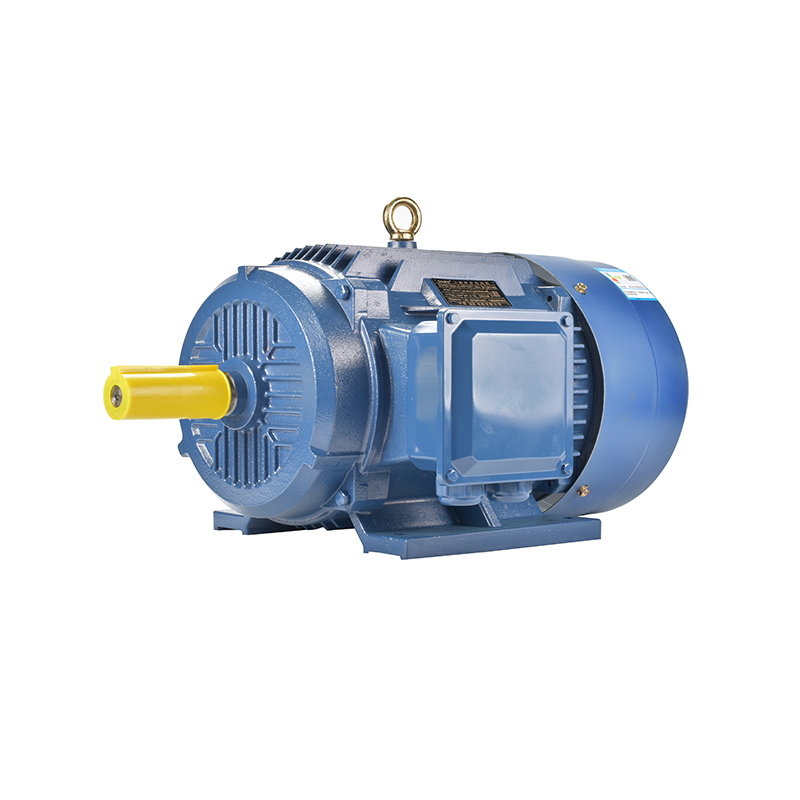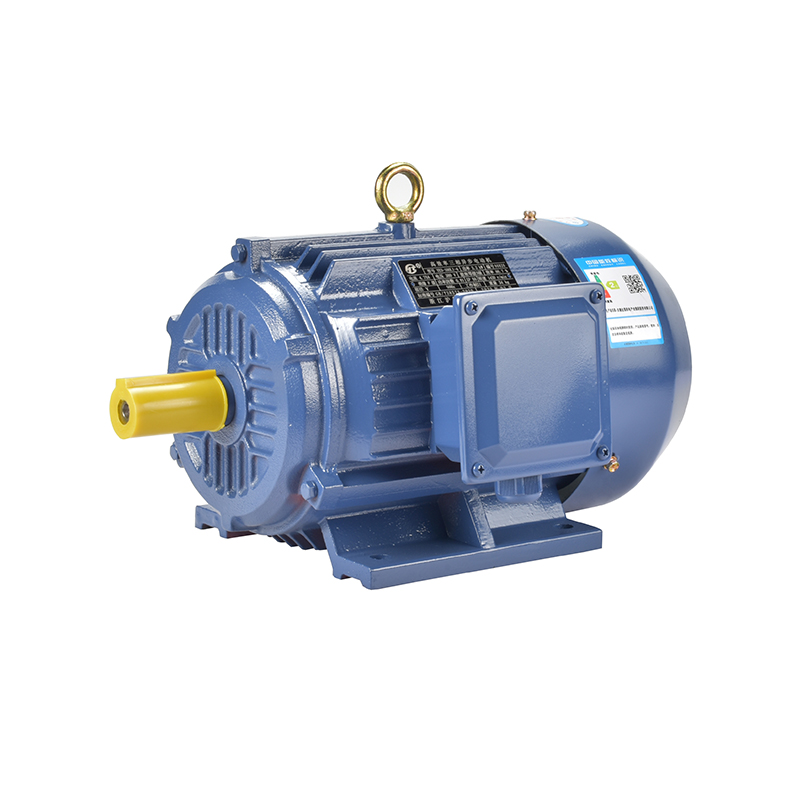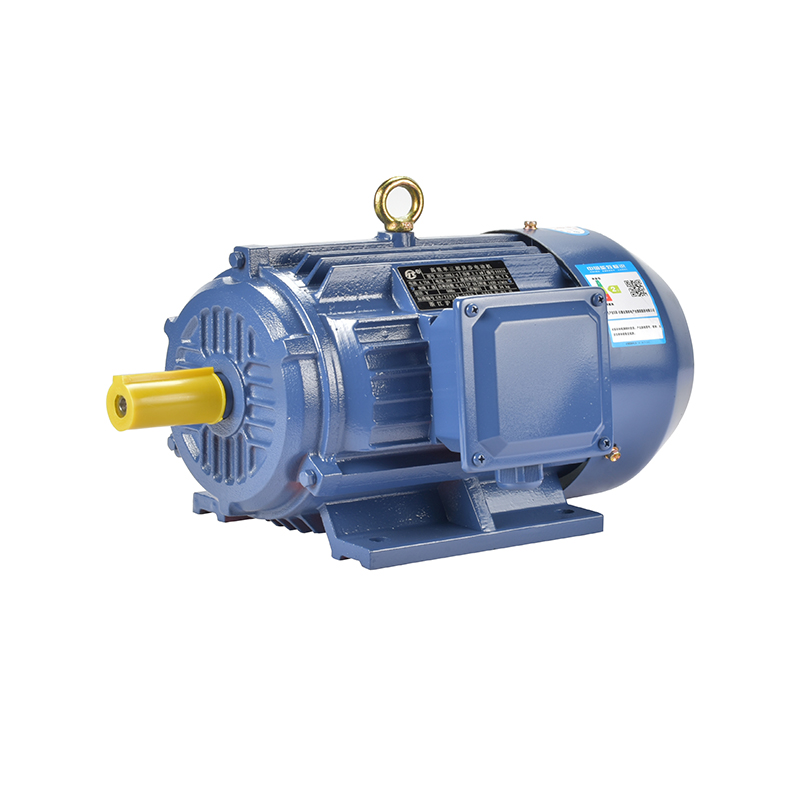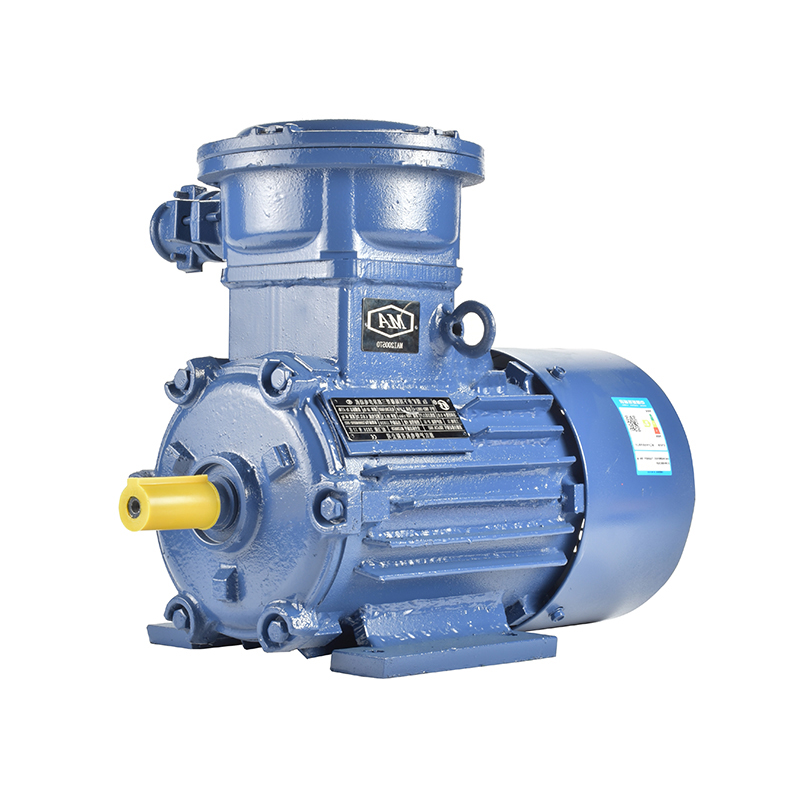Compact Motor Designs For Tight Installation Spaces
In many modern industrial and commercial applications, space constraints have become a significant challenge for equipment designers and engineers. Whether in manufacturing plants, HVAC systems, agricultural machinery, or water pumping stations, the need for motors that can fit into limited spaces without compromising performance is steadily increasing. This demand has driven manufacturers and engineers to focus more on compact motor designs that offer flexibility, reliability, and efficiency in confined environments.
Compact motor designs aim to deliver comparable power and performance to standard motors while occupying a smaller physical footprint. Achieving this requires thoughtful engineering in motor structure, materials, cooling systems, and winding techniques. One popular motor type often adapted for compact spaces is the asynchronous AC motor. Known for its robustness and relatively simple design, the asynchronous motor can be engineered in smaller sizes to suit applications where space is tight but reliable operation is essential.
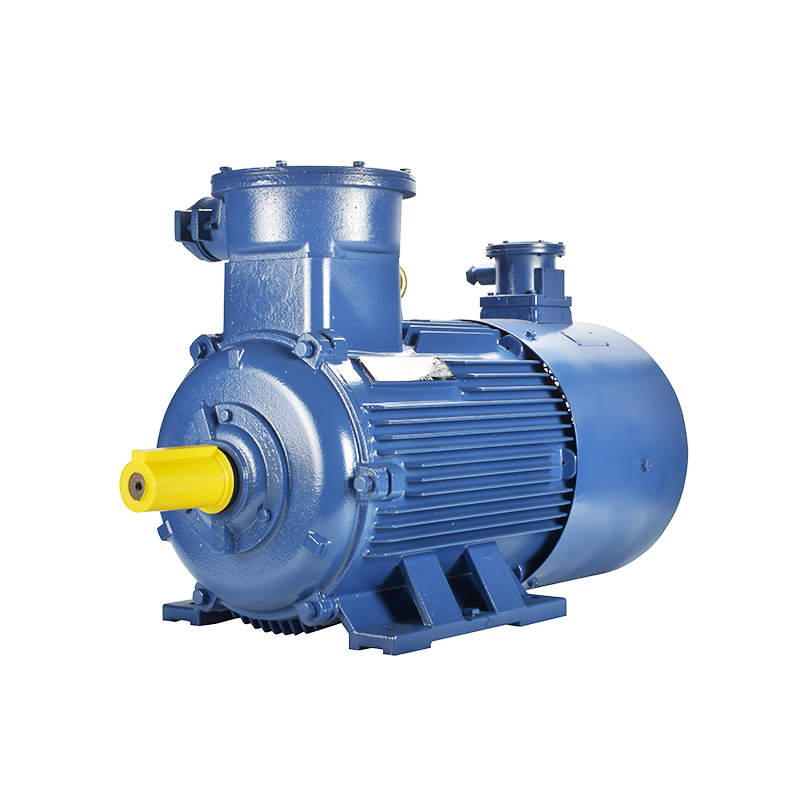
Among asynchronous AC motors, the three-phase motor pump is a common example frequently used in fluid handling where space restrictions apply. These motors provide steady torque and reliable operation, making them suitable for pumping liquids in agriculture, water treatment, and industrial processes. Compact three-phase motor pumps are often designed with a shorter length and reduced diameter, allowing them to fit into small machinery housings or underground pumping stations. Engineers typically optimize the stator and rotor assembly and select materials that balance durability with weight reduction.
Another motor type that often benefits from compact design is the single phase high speed motor. These motors are widely used in household appliances, small fans, compressors, and tools where power requirements are moderate but speed and size matter more. Single phase high speed motors typically operate at high revolutions per minute (RPM), allowing for smaller frame sizes without sacrificing output. By integrating compact windings and efficient cooling systems, these motors maintain operational stability even at higher speeds.
The development of compact motors is closely linked to advances in materials and manufacturing technologies. Modern insulation materials allow tighter winding arrangements, which can reduce the size of the stator without affecting the motor’s electrical characteristics. Similarly, improvements in bearing technology contribute to smaller, more reliable rotor assemblies that can withstand the demands of continuous operation. For compact motors in wet or dusty environments, enhanced sealing techniques ensure long service life despite limited physical space for maintenance.
Cooling is a critical factor in compact motor design because smaller enclosures naturally reduce airflow and heat dissipation capabilities. Engineers often use innovative methods such as integrated heat sinks, improved ventilation ducts, or even liquid cooling systems in more specialized motors. For instance, in a compact three-phase motor pump used in industrial cooling systems, the motor housing might be designed to maximize contact with pumped fluid to help dissipate heat. Proper thermal management ensures that the motor can operate continuously without overheating, which is especially important for motors running in confined areas.
Another important consideration is the ease of installation and maintenance. Compact motors need to be designed so that they can be installed and removed without excessive disassembly of surrounding equipment. Modular designs with standardized mounting and connection points help technicians work more efficiently, reducing downtime during repairs or replacements. Many compact motor designs also feature built-in sensors or monitoring systems to track vibration, temperature, or load, which helps in early detection of potential issues without requiring direct physical access.
In terms of power supply, asynchronous AC motors, especially three-phase types, tend to offer better efficiency and performance in industrial settings, but single phase high speed motors remain popular in smaller or residential applications due to simpler wiring and the availability of single-phase power. The choice between motor types often depends on the power source, load requirements, and space available. Compact motor designs have expanded the options available to engineers, making it easier to find a solution that balances size with functionality.
The trend toward miniaturization in equipment design means that compact motors will continue to grow in importance. As industries push for higher efficiency and more integrated systems, motors that can fit into tight spaces without compromising durability or performance will be increasingly preferred. This is particularly true in emerging markets such as smart manufacturing, robotics, and energy-efficient appliances, where space constraints and performance demands intersect.
In summary, compact motor designs provide a practical solution to the challenges posed by limited installation spaces. Through the careful application of engineering principles, material science, and thermal management, manufacturers have developed asynchronous AC motors, three-phase motor pumps, and single phase high speed motors that perform reliably while occupying smaller footprints. These innovations enable a wide range of applications, from industrial pumping to household appliances, demonstrating how thoughtful motor design can address space limitations without sacrificing operational needs.
-
Feedback



 English
English русский
русский Español
Español عربى
عربى

